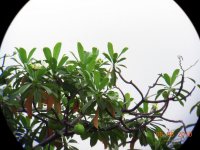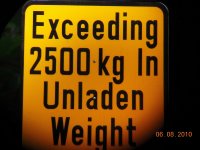I thought I could push the limit of 85FL scope so I got a 5mm baader hyperion eyepiece, normally as a rule of thumb, the hightest mag for a 85mm scope should be no higher than 85x, I assumed this is high grade lens and should be ok at 100x, but actually I don't think anyone else should try this any more, not hleping in relolution, brightness is not the big issue, but simply can't get a sharp image, maybe it's my scope though.
-
Welcome to BirdForum, the internet's largest birding community with thousands of members from all over the world. The forums are dedicated to wild birds, birding, binoculars and equipment and all that goes with it.
Please register for an account to take part in the discussions in the forum, post your pictures in the gallery and more.
85FL and 5mm baader hyperion to get 104x, not a good idea (1 Viewer)
- Thread starter zone8848
- Start date





